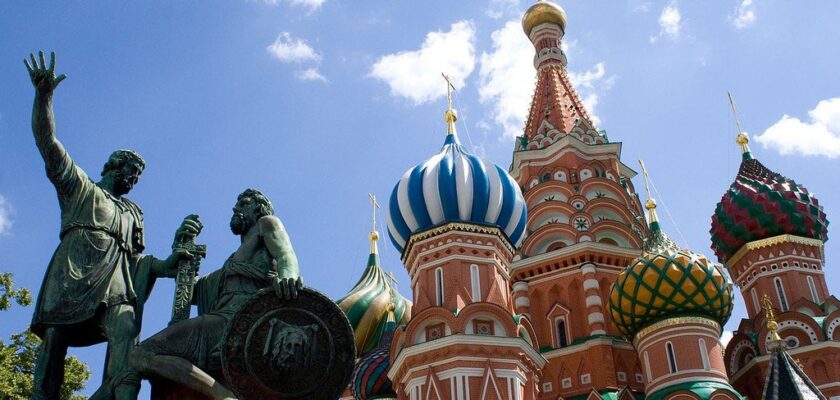Monument to Minin and Pozharsky
The Monument to Minin and Pozharsky is a unique sculptural group located in the heart of Moscow – on Red Square, opposite St. Basil’s Cathedral. And it is unique, first of all, from the historical point of view: this monument was the first in Moscow and the second in Russia (after the “Bronze Horseman” in St. Petersburg) sculptural composition. More than that, the monument to Minin and Pozharsky is the first in the country that was dedicated not to sovereigns, but to real heroes from the people.
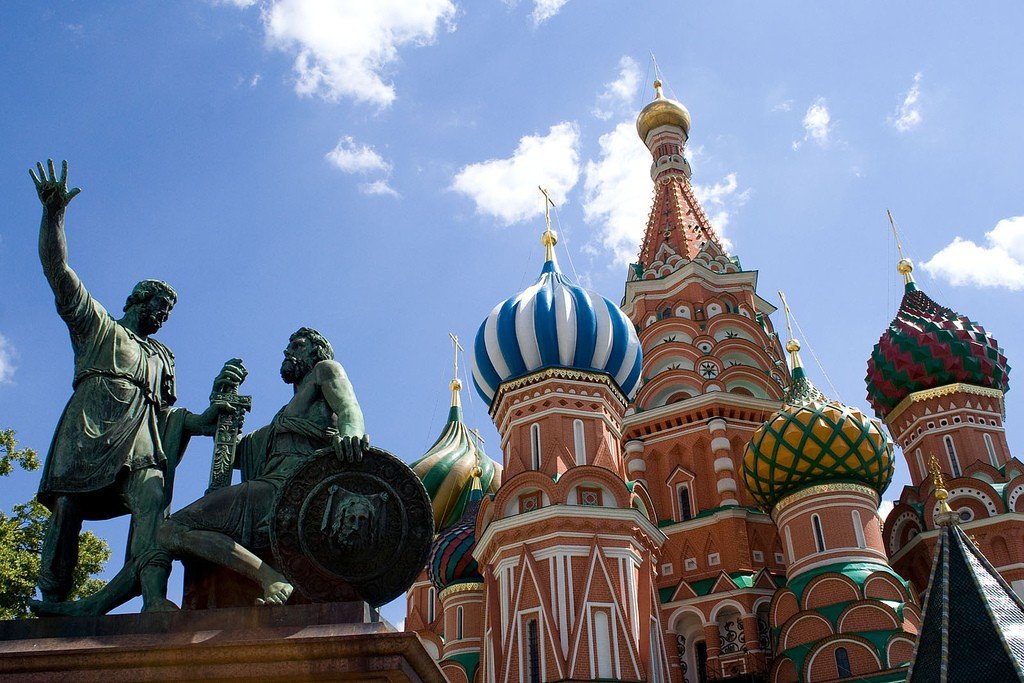
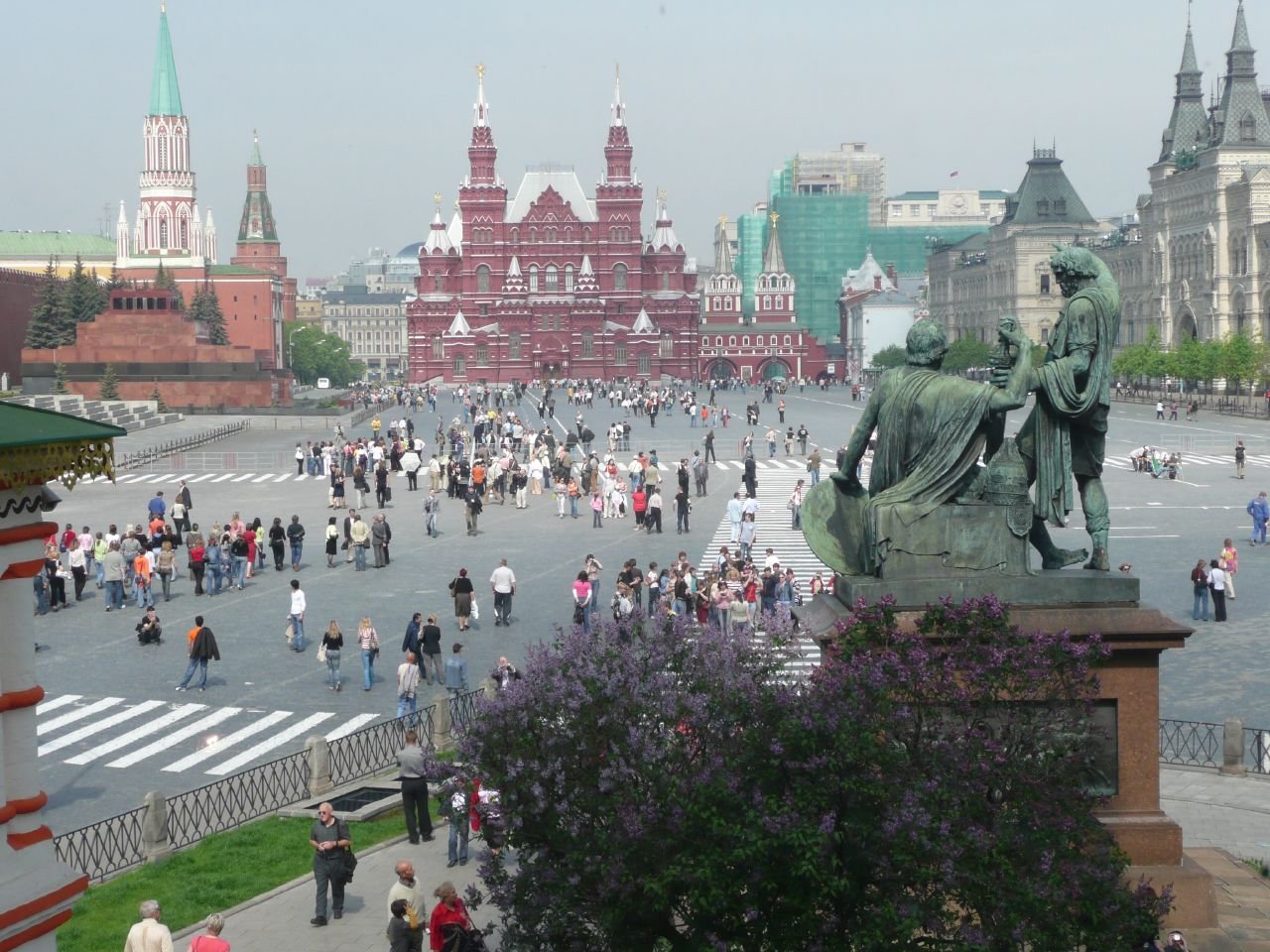
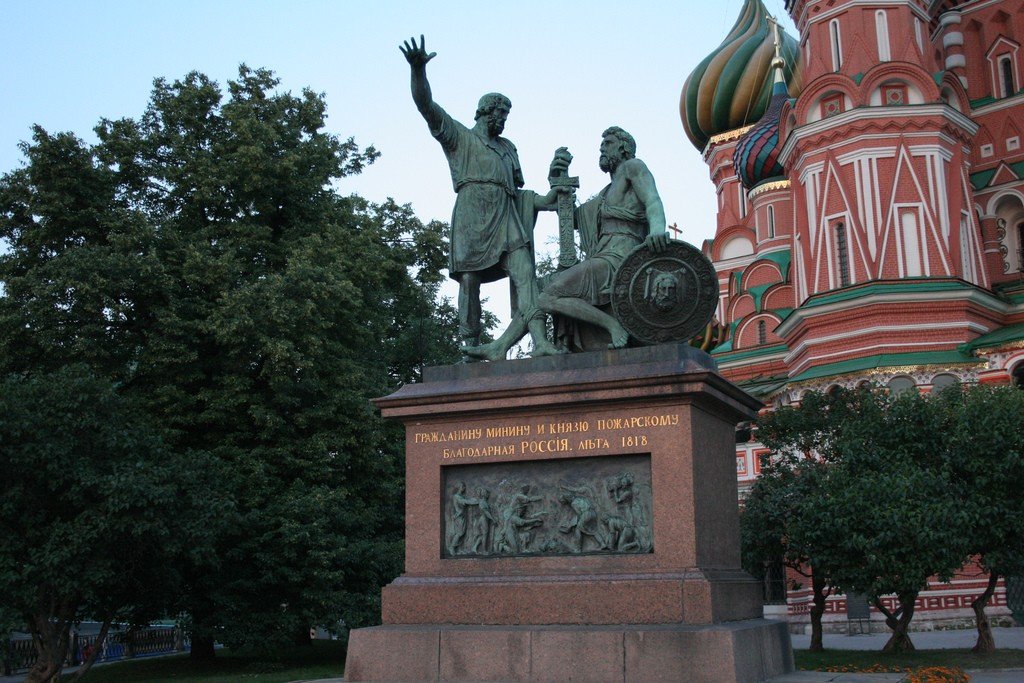
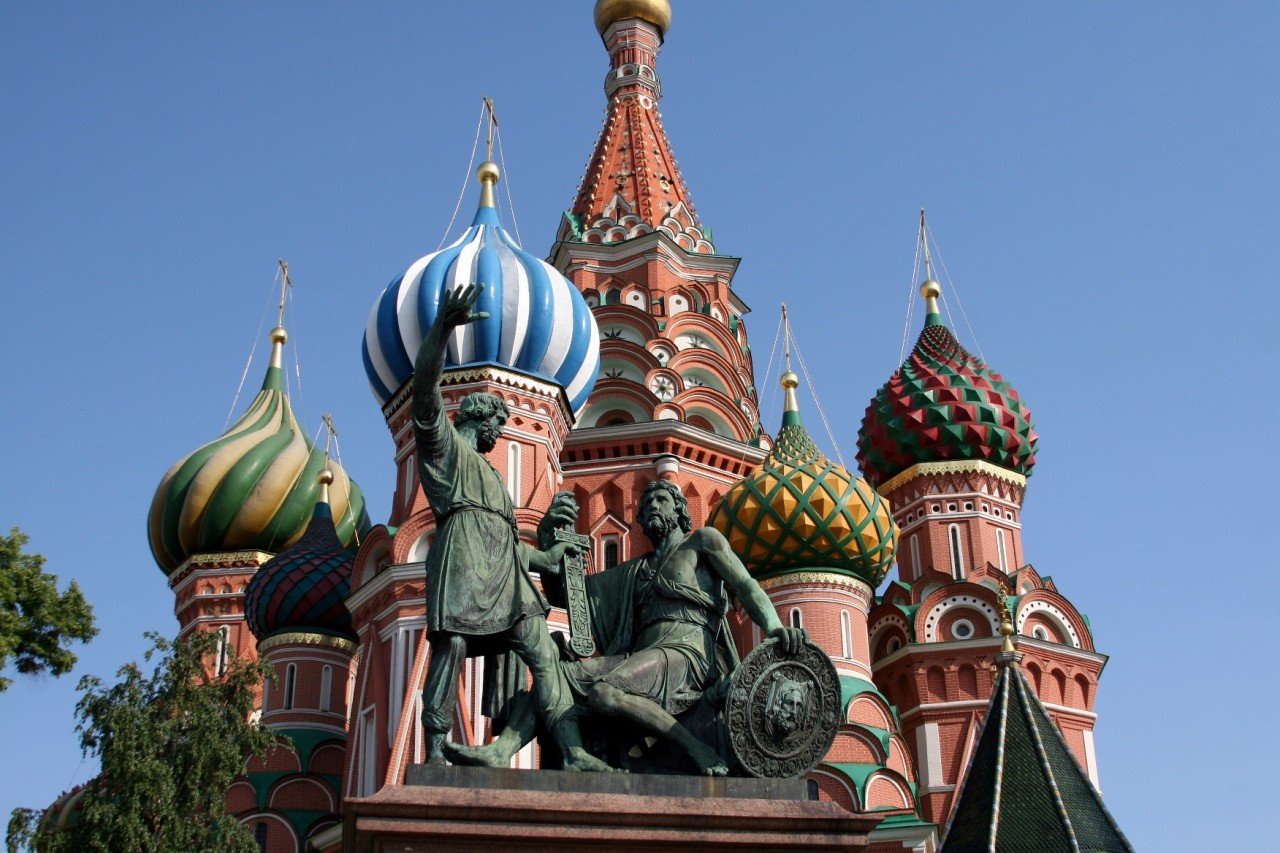
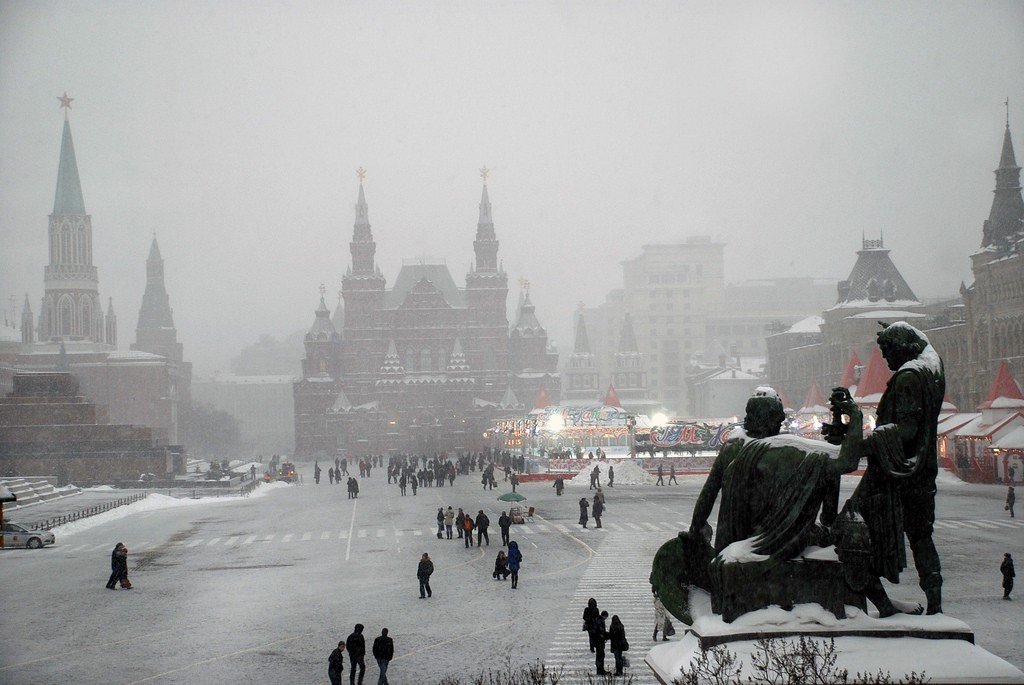
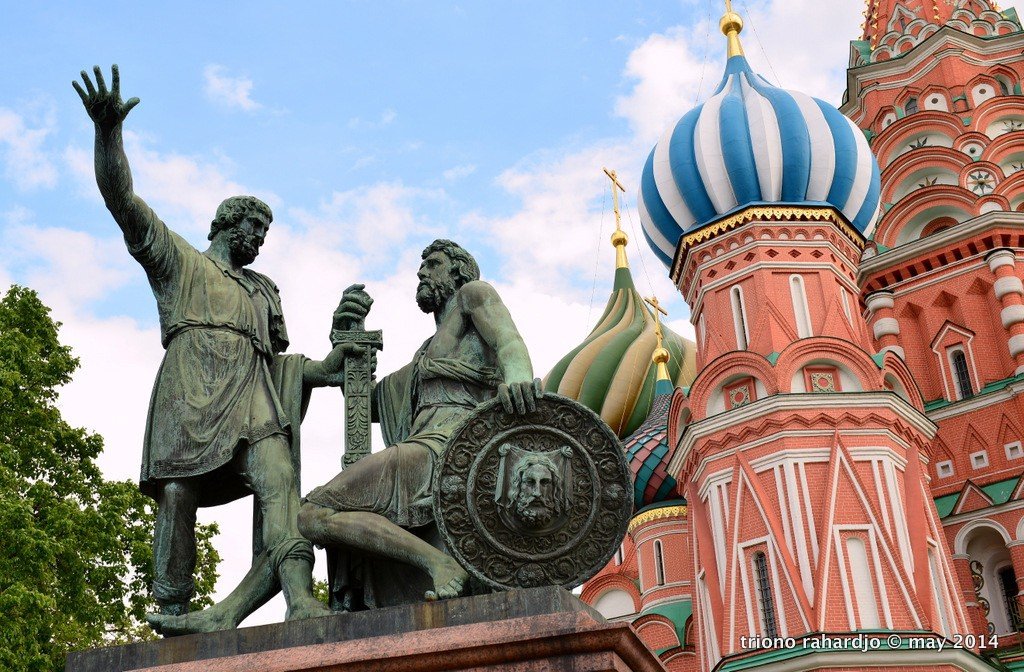
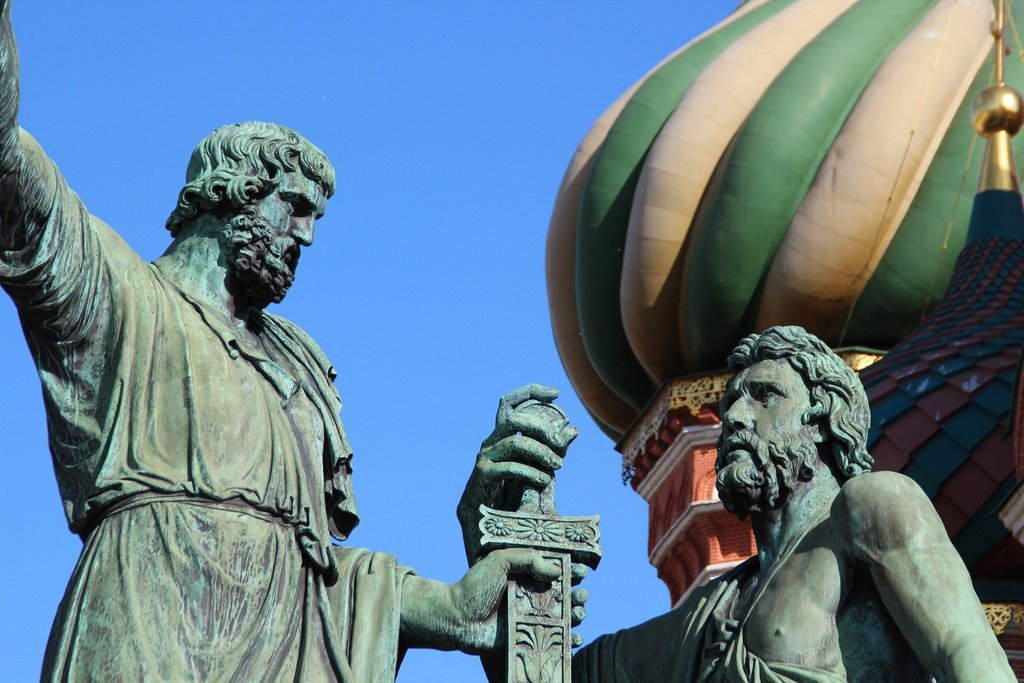
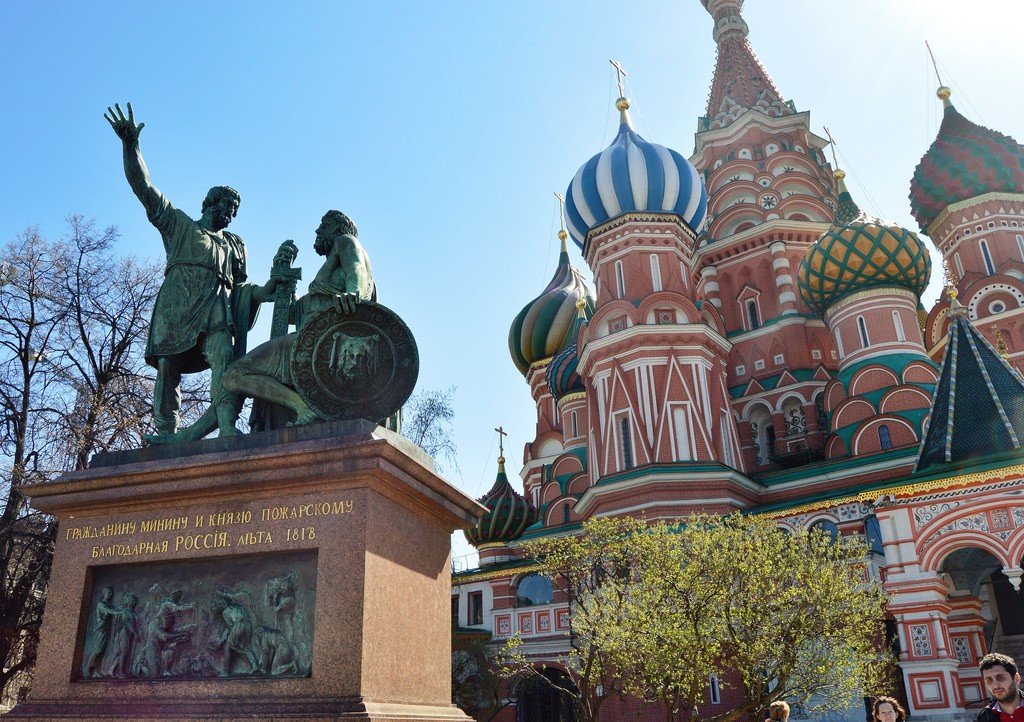
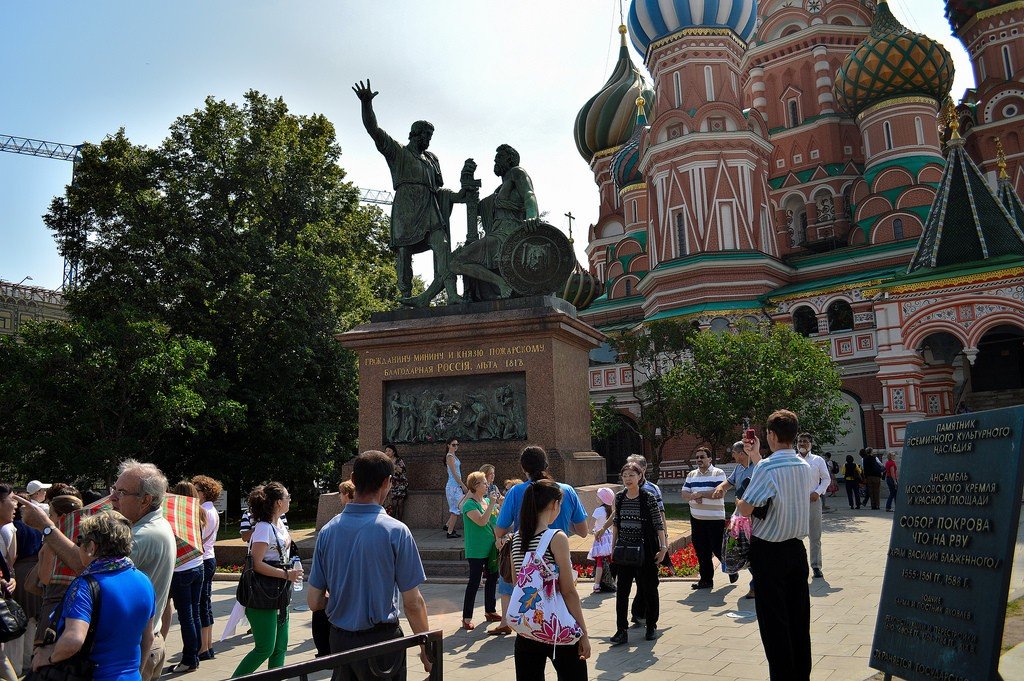
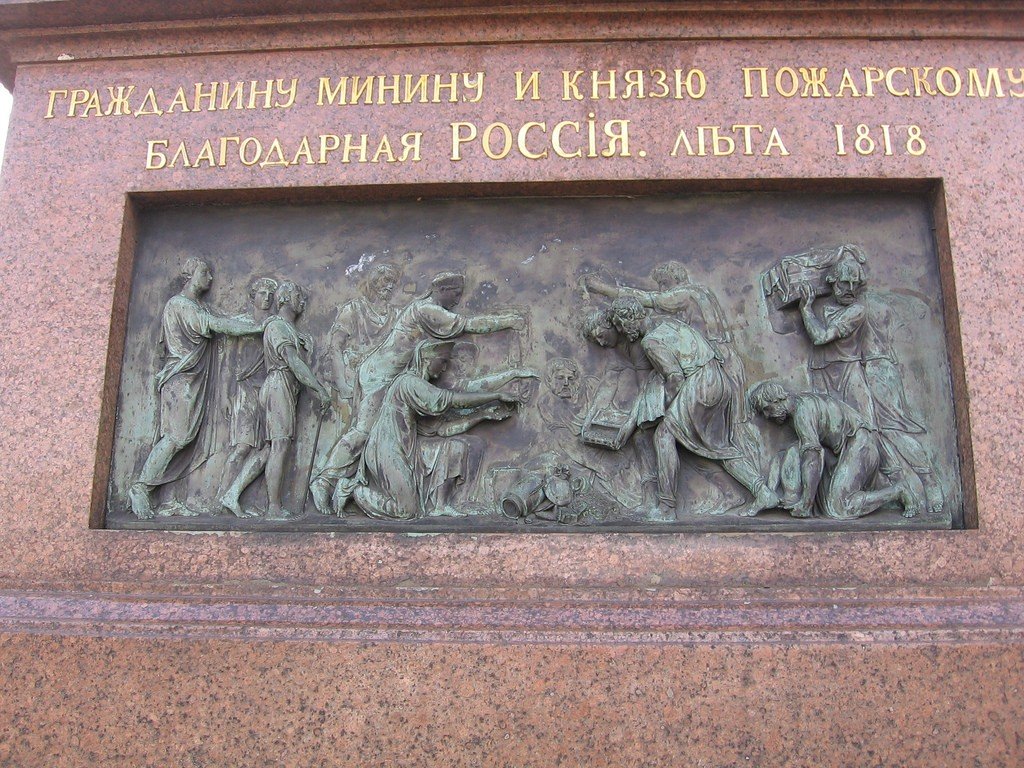
Video: Monument to Minin and Pozharsky
Contents- Highlights
- From the history of the Minin and Pozharsky Monument
- Features of the monument
- Interesting facts
- How to get there
Highlights
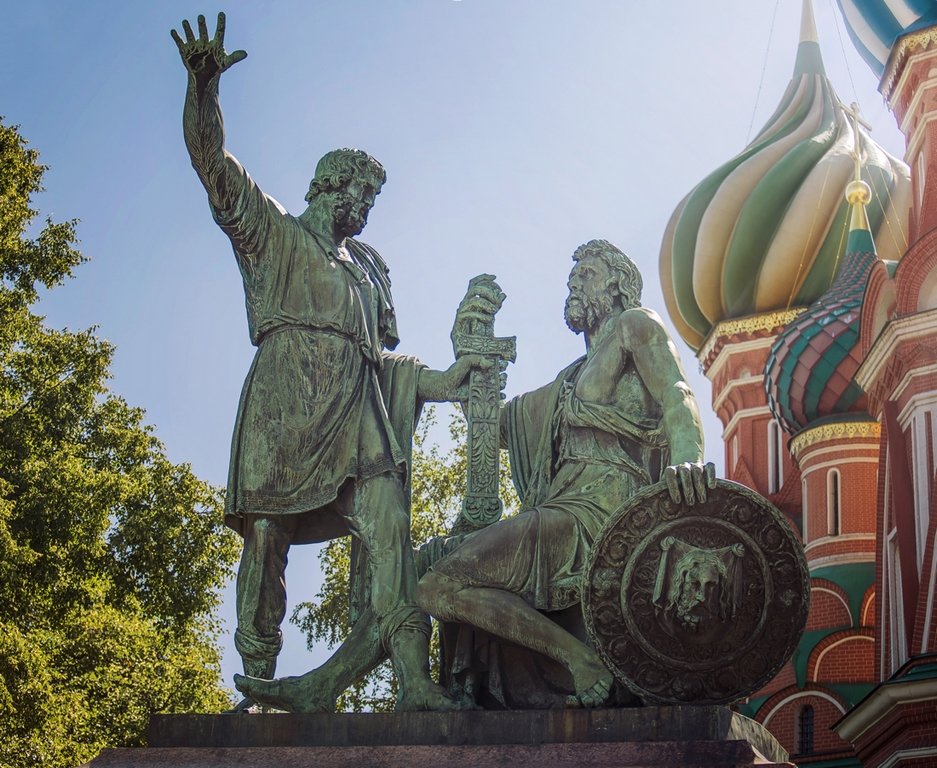
With the idea to build such a monument in 1803 came the idea of intellectuals, namely the participants of a famous literary and social organization – the Free Society of Lovers of Literature, Sciences and Arts, which existed in St. Petersburg in the first quarter of the XIX century. It was immediately informed of the Emperor Alexander I Pavlovich, who took a favorable attitude to the initiative “from below”. Immediately a competition for the best project was announced, the winner of which was determined only in 1808: the famous sculptor-monumentalist Ivan Petrovich Martos became the winner. After that, the Emperor issued a decree, according to which the collection of funds for the construction of the monument began throughout the country. By 1811 the money was enough for the work to start. At the same time, Moscow as a place to install the sculptural group was not initially considered at all: it was supposed to be placed in Nizhny Novgorod. Why? Firstly, Minin was born in this city, and secondly, it was here that the militia was formed against foreign invaders.
.
Features of the monument
The sculptural group depicts Kuzma Minin handing a sword to Dmitry Pozharsky, which symbolizes the call for a popular uprising to liberate Russia from foreigners. Pozharsky is sitting and accepting the sword with his right hand, his left hand resting on a round shield. An inscription is carved on the pedestal, indicating that the monument is dedicated to these two outstanding historical figures. And added: “Grateful Russia, 1818.”
.In addition, the pedestal is decorated with high reliefs. The front one depicts ordinary people – true patriots who sacrificed their property for the good of the Motherland. The left one depicts the sculptor Martos himself: the moment when the sculptor lets his sons go to defend their native land is depicted. One of them died in 1813. On the rear high relief, one can recognize Prince Pozharsky expelling Polish invaders from Moscow.
.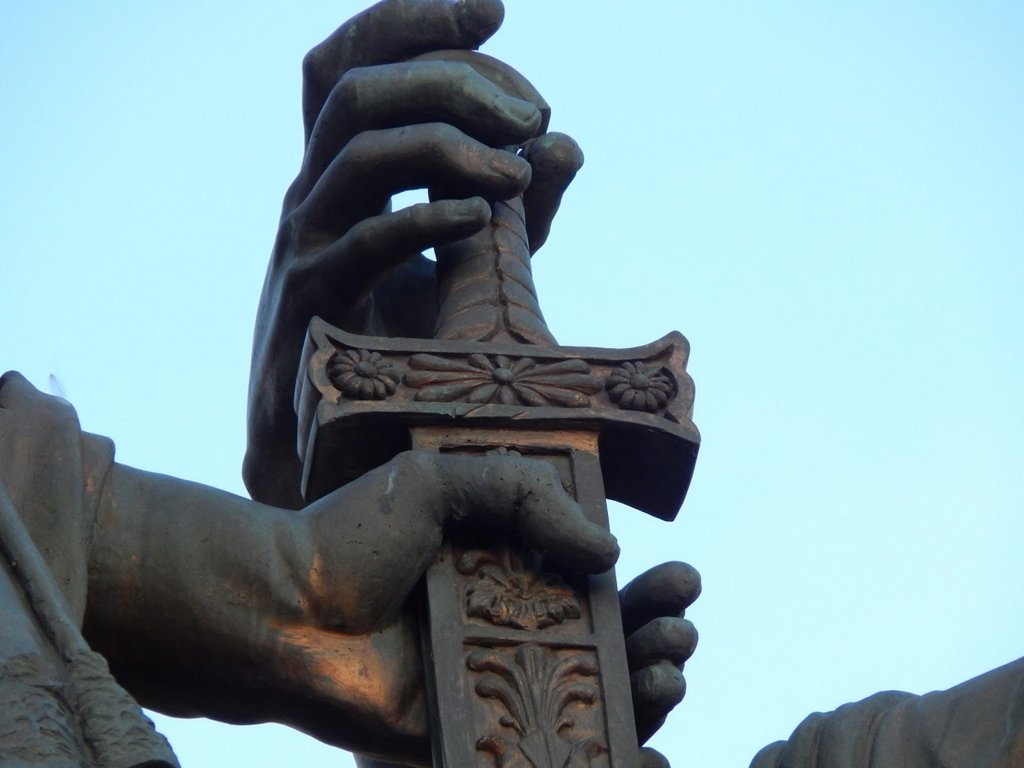


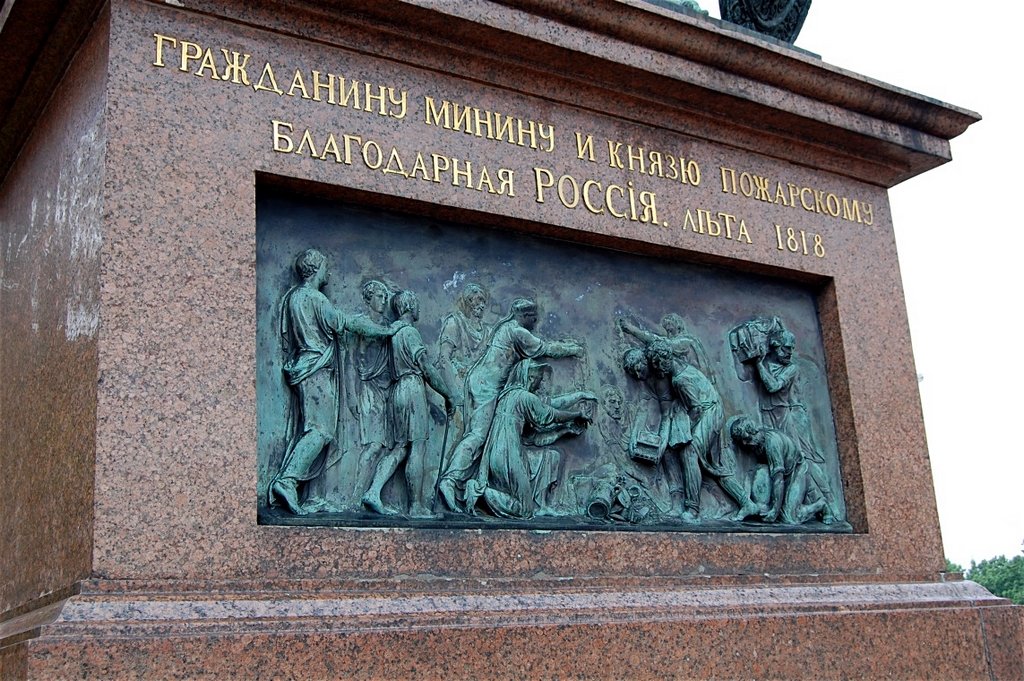
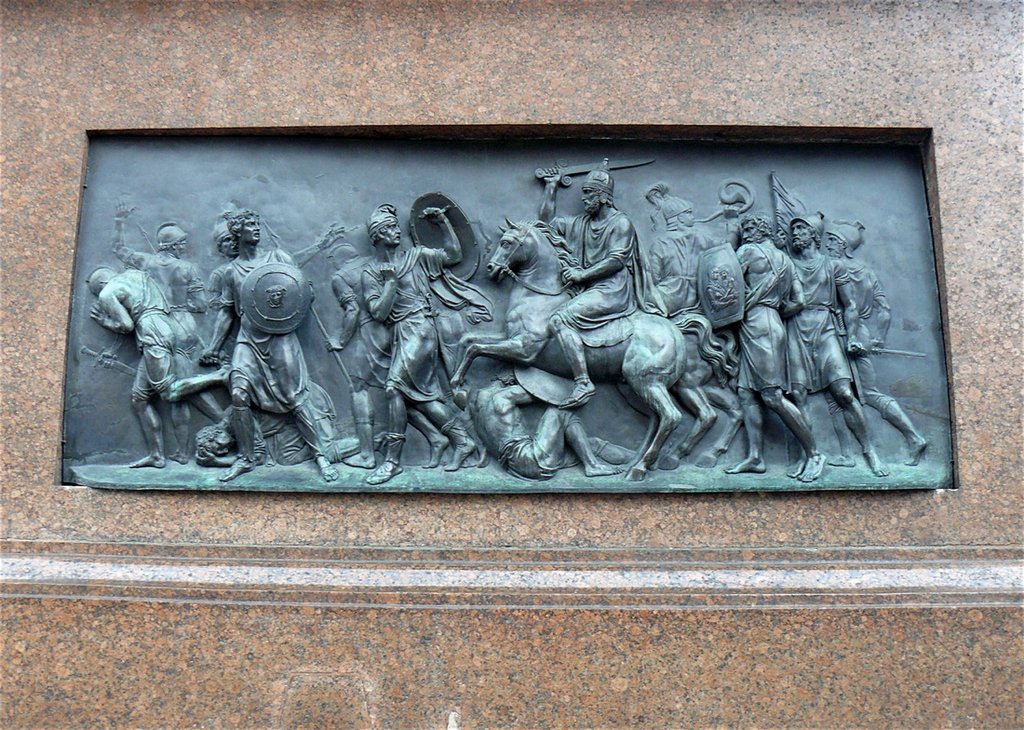
Interesting facts
If there had been a Guinness Book of Records in those days, the fact that the sculptural composition was cast in its entirety would certainly have been reflected in it, as no monument had ever been cast in Europe before. This result was possible thanks to the talent of the master of the Academy of Arts, Vasily Ekimov, who did the casting.
.
But the inscription on the monument to Minin and Pozharsky was criticized by Alexander Sergeyevich Pushkin. The poet directly expressed his dissatisfaction with the fact that the data on “citizen Minin” are not mentioned in full and it “would not be bad to know them, as well as the name and patronymic of Prince Pozharsky.” That is, in his opinion, it should have been indicated that he was “burgher Kosma Minin nicknamed Sukhorukoy” or “Kuzma Minin, an elected man from the entire Moscow state.”
.The attentive reader must have wondered: if the monument to the saviors of the Fatherland was erected in Moscow, how did the people of Nizhny Novgorod perceive it? Didn’t they resent it? After all, the monument, as we have already said, was originally planned to be installed in their city, and the decision was changed at the last moment. There is no historical evidence of the reaction of the people, but we can assume that they took it with understanding, because at that time everything was done to emphasize the important role of Nizhny Novgorod in the liberation of Russia.
.
Thus, in May 1817, when the cast monument was sent from St. Petersburg by water to Moscow, a visit to Nizhny Novgorod was specially planned. This was done as a sign of gratitude to the people of Nizhny Novgorod and recognition of their heroism in the Time of Troubles, and also so that local residents could see the monument with their own eyes. After that, a marble obelisk in honor of Minin and Pozharsky was erected in the city, which was destined by fate to become the birthplace of the militia.
.

Already in our time, in 2005, in Nizhny Novgorod, near the walls of the local Kremlin was put a slightly smaller, only 5 cm, a copy of the monument to Minin and Pozharsky in Moscow. Nearby is the Church of the Nativity of St. John the Baptist, from the porch of which Minin urged his fellow countrymen to gather the militia, fully equip it and move without delay to defend the Mother See from the invaders. A small model of the Moscow monument you can see and in Taganrog, it is exhibited in the collection of the local art museum.
.
The monument to Minin and Pozharsky is also reproduced – of course, in miniature – in the fireplace clock in a case of bronze with gilding, which was ordered in Paris by a major industrialist and philanthropist Nikolai Nikitich Demidov. They were made for him in 1820 by French master Pierre-Philippe Thomire. This model was a reflection of the engraving, which depicted one of the original projects of sculptor Martos. There are also several replicas of the monument, generally repeating the Moscow original, but differing in details. One such replica was presented as a gift to the Emperor, now it is kept in the Hermitage, and the second can be seen in the Peterhof Museum.
.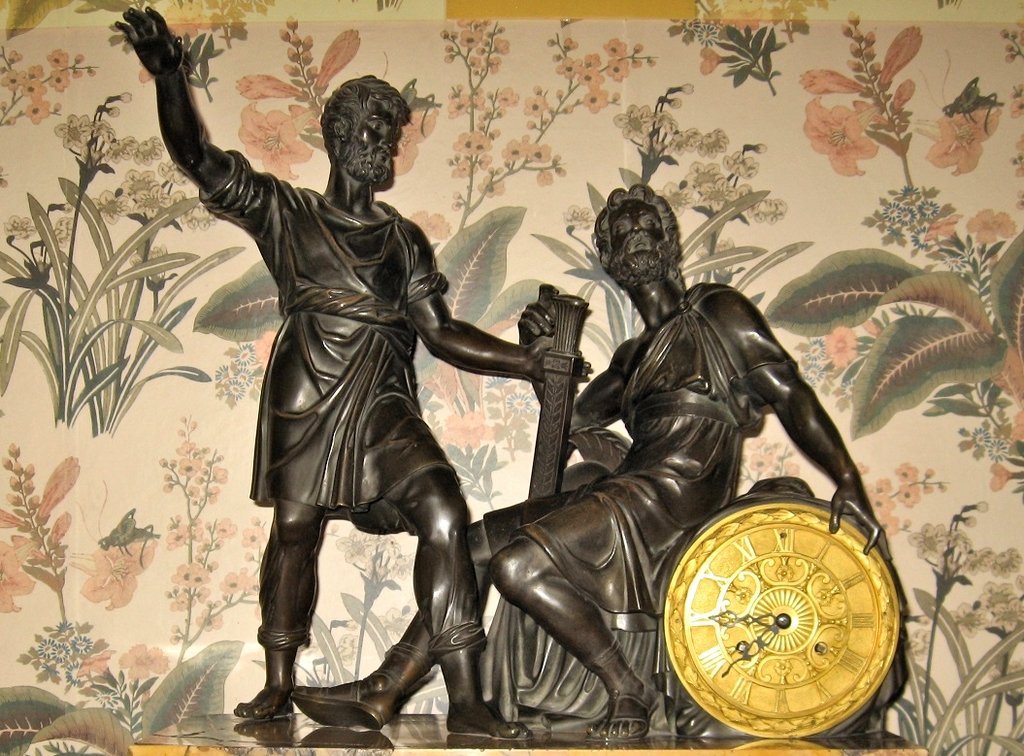


How to get there
You get to the metro station “Okhotny Ryad”, get out and head through Manezhnaya Square to Red Square, which you need to walk, as they call it, through – until you reach St. Basil’s Cathedral. At the entrance to it is this symbol of liberation – the monument to Minin and Pozharsky.
.